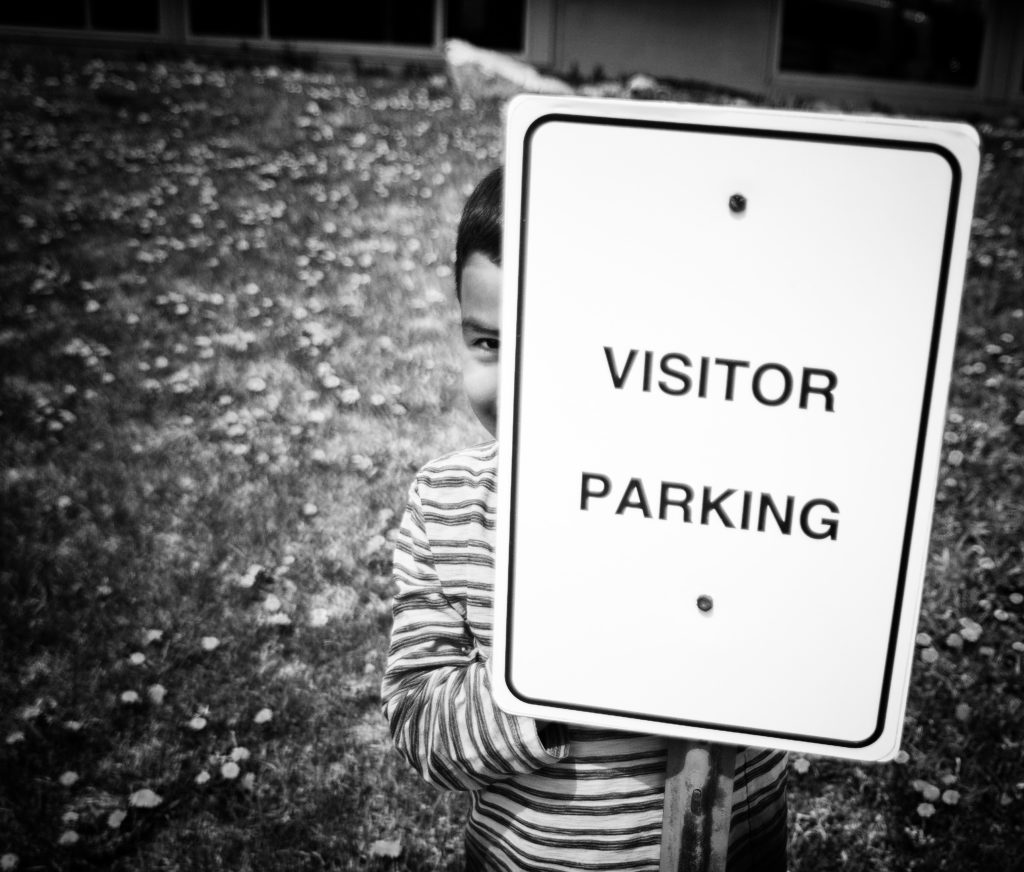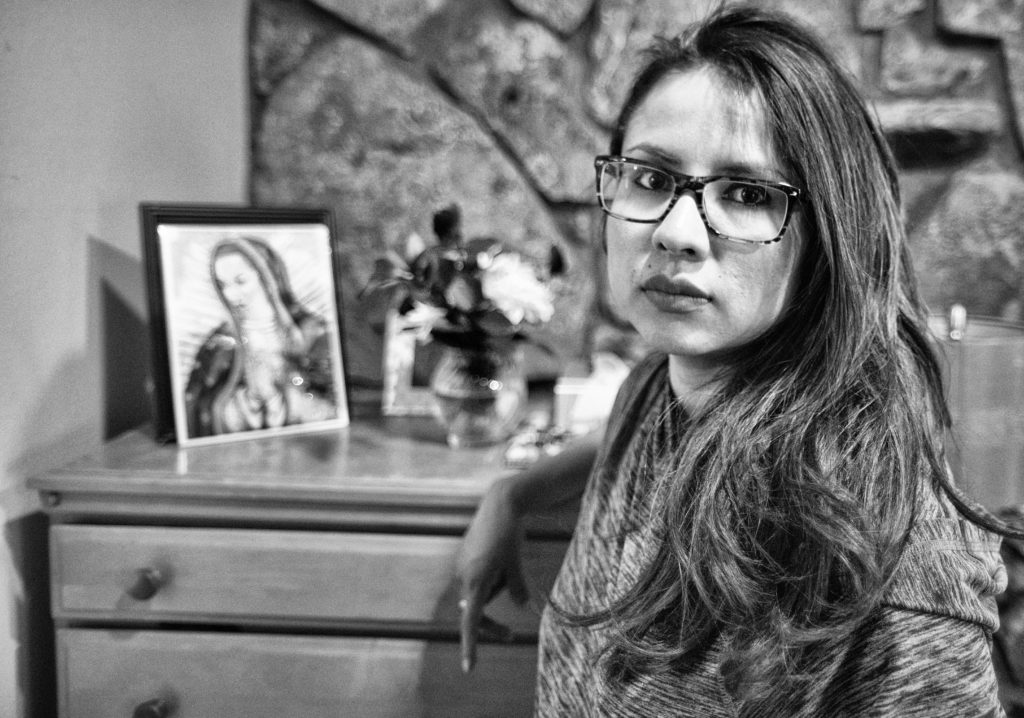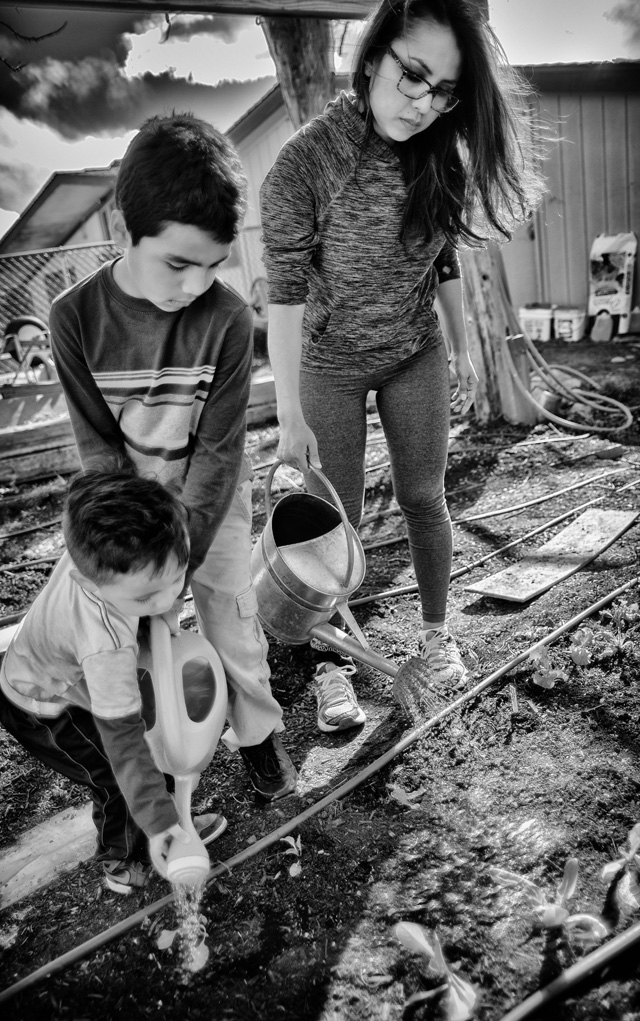
The American dream is a funny thing. Since our nation’s founding some 242 years ago, it has been a dream recognized and pursued by people, not only from here, but from all over the world. And why not? It has always represented the best chance for individuals, families and their future generations to have a better life. You could say the American dream has been, and still is, the global dream.
The Irish came fleeing famine. The English and other European immigrants came escaping religious persecution and an unfair class system. Scandinavians made the journey for a chance to own and work their own land. Russians, Romanians and other Eastern Europeans came to live and die in our nation’s coal mines. Mexican workers — those from Mexico who migrated north as opposed to the millions of Latinos who lived in Colorado, New Mexico, Arizona and California for centuries before the U.S. border crossed over them and their land was stolen — came to work the fields initially, and later to do many of the hard physical jobs that most U.S. citizens don’t want to do. And Asians came by the tens of thousands to work the gold fields and railroads, often as forced labor.
Thomas Paine called our country “the asylum for the persecuted lovers of civil and religious liberty from every part of Europe.”
And believe it or not, the Republican Party platform of 1864 read, “Foreign immigration, which in the past has added so much to the wealth, resources, and increase of power to the nation … should be fostered and encouraged.”
I wish I could say that “in the old days” white immigrants were more welcome than immigrants of color, but while true, such a statement would leave a false impression. White immigrants are still more preferred, just ask President Trump about all those “shithole” countries from where brown people migrate as opposed to the more acceptable blonde immigrants from Scandinavia. Just compare the border patrol build up, or lack thereof, along the U.S./Canadian border to the mass militarization occurring along our Southern border with Mexico. Just look at the color of the skin in the countries Trump has placed on his no-immigration list. Show me a white woman who has had her child ripped from her arms as she entered this country.
I think it’s safe to say that our immigration policies have always suffered from systemic racism, it’s just been more obvious in the last couple of years as racism has become the new merit badge for “real ’mericans.”
That said, there have been many major migrations into the U.S. from our early days until now. They were often the result of wars, political or religious persecution, or natural disasters in various countries around the world. Other immigrants from places like India have come more recently to fill voids in the digital workforce. Together, all of these infusions of ethnicity, religion and class have made us who we are. They are the very fiber of our greatness. Wouldn’t it be great if Trump supporters understood that their MAGA hats are actually a plea for more immigration not less. Don’t hold your breath on that one.
So, let me ask you this: If you were born into abject poverty in a place where you bathed in a bucket and knew you would never have a chance to go to university or otherwise get the education that would allow you to rise above the squalor, would you just stay there and accept such a life as your destiny, if you knew you had another option?
Think about it. If you understood coming to the U.S. would offer a life of opportunity for you and your children, would you come? And if you were told that a person living in poverty like you could never legally immigrate because of a bureaucratic system that would take you several decades to navigate and even then with no guarantee you’d get in, would you simply give up, accept your station in life, condemning yourself and your children to live hungry and without dreams forever, or at least until you all died which would likely be at a very young age?
I don’t think you would.
I know I wouldn’t… and neither would Ingrid Encalada Latorre.

Most of our regular readers are familiar with Ingrid and her story. We did a large profile of her and the many volunteers supporting her life in sanctuary back in April (see “Sanctuary 360,” April 19).
Ingrid is currently taking shelter with her two sons — Bryant 10 and Anibal 3, both U.S. citizens — at the Unitarian Universalist Church of Boulder (UUCB), where she has been in sanctuary since Dec. 16, 2017. After months contemplating whether or not she should enter sanctuary, she first sought refuge at the Mountain View Friends Society in Denver in November 2016 where she stayed for six months. She then left sanctuary after being granted a temporary stay of removal while the last appeal to her case was pending. But after a judge refused to reopen her case and her request for a pardon from Gov. Hickenlooper went unanswered, she had no choice but to return to sanctuary, first in a Fort Collins church for a few weeks before making the move to her current location at UUCB in Boulder.

Ingrid has been a high-profile immigration activist since first taking public sanctuary, advocating for broad immigration reforms that could help not only her, but tens of thousands of other immigrants as well. She has, reluctantly, put herself in the spotlight to draw attention to what she believes is the systemic injustice of the U.S. immigration system. And as we have previously reported, she was one of the four Colorado women in sanctuary who spent five months helping to develop the People’s Resolution, a petition effort of common sense recommendations that could be implemented in Colorado and elsewhere to create a pathway to citizenship for countless immigrants now lacking proper legal status.
Ingrid came to the U.S. alone as a 17-year-old in 2000 from Cusco, Peru where she had been raised largely by an aunt who had come to the U.S. before her. Ingrid was always smart and understood that education was the only way out of her dead-end existence in Peru. But she also understood that, if she stayed in Peru, she would never be able to attain a college degree.

“Peru, where I’m from, there’s no progress. There’s no way to get ahead. You could work for years and years there and not be able to buy a house or a car or even just have a special meal once a month. Unless you are able to study in university and get a degree, there’s not really anything more than sustenance. There is no future, and I wanted to have a better education, to have a better life here in the United States and to have the American dream.”
Ingrid understood the American dream was something that had to be earned. She was always a hard worker and never considered taking help from the government or even her family. After several years of living and working in the U.S., she found herself a single mother with a young son, Bryant. She wanted and needed a better job but to get one she knew she had to have a social security number.

“I think people don’t understand how because there’s no path, there’s fewer options for you to sustain yourself. I felt obligated to use a social security number to work because I was young and I was healthy and I had hands and feet to go and support myself. I didn’t want to depend on my aunt or depend on the government or anybody else, I wanted to sustain myself. “
She also wanted a social security number for the college courses she was paying to take.
“I wanted to study — the reason I came here was because I wanted to study — and my dream is to get a better education. And I did pay for some semesters of college, but it’s so expensive when you don’t have a social security number and when you don’t have any status to have to be paying out-of-state and out of pocket.”
In order to take care of her family and to try and better herself through education, Ingrid paid someone for a social security number. She did not know at the time the number belonged to someone else. She was simply told she could use it to work. In 2010 she was arrested and charged with using falsified documents.

“A lot of people say I’m a thief because I stole that social security number. And I did purchase that social security number on the street, but at the time I didn’t know it belonged to someone. I paid for that with jail time, with fees that I had to pay back like $11,000 to the court system and to the IRS, and then I did probation and spent thousands and thousands of dollars on immigration lawyers. I more than paid for that impact. [And now] I’m facing this double jeopardy because I’m also expected to pay for that with deportation and that’s what I feel is unjust. That’s why I’m so committed to staying here and staying in the U.S., and I know that one day I will leave [this church] and leave this nightmare. In the sense that I know that this could be a years-long process for me to leave sanctuary, it is a nightmare. There are lots of positive things about being involved in sanctuary, but the fact is that it’s indefinite and I could be here for a long time. That part of it feels like a nightmare.”
Ingrid, who is 33 and has now lived half of her life in the U.S., says to date she has spent more than $50,000 on fines and penalties and attorney’s fees in her effort to make right her use of the social security number she purchased and be allowed to stay in this country with her young children and her partner Eliseo Juardo Fernandez. All together, she has now spent nearly a year and a half in sanctuary in order to avoid deportation because of her felony conviction.

Ingrid says she is very sorry for the problems she caused the woman whose social security number she purchased and used. If she had the chance to speak directly to the woman, Ingrid says she would ask her to, “‘Please touch your heart and to give me a second chance to ask for forgiveness and be able to talk.’ Because like her, I’m a mother, too. I know that she has suffered but I would also like to be able to fix things because I have already paid the system, I have already paid the IRS. I have paid with probation and now I am facing deportation. I have two children and I am a mother who is suffering and I would like you to give me another chance, to forgive me or if there is something I can solve or help pay you a refund, I do not know, but I would like you to give me the opportunity to express myself.”
The $50,000 Ingrid has spent trying to stay in this country — she unsuccessfully attempted to appeal her 2010 conviction in both 2016 and 2017 — has been a difficult mountain to climb, but for this mom, it was being separated from Bryant for nearly two and half months while in jail that was the hardest.
“When they arrested me for working with someone else’s papers, Bryant was Anibal’s age, he was two and a half, and I was a single mother at that time, so it was very difficult to be in jail and be away from him,” she says. “The more difficult was not being able to change his diapers, not being able to put on his pajamas, that he cried a lot and stopped eating. It was a stress being separated for two and a half months. One time he went to visit me and cried a lot because we were just talking through a glass and so I decided that he should no longer come to visit me because he could not calm down and it was two days that he was crying and asking for his mother and they did not have compassion to let me touch my baby.”
This experience is one of the reasons Ingrid understands so well the current plight of parents who have had their children taken from them at the border and the reason why she is fighting so hard for immigrant’s rights in this country.
As difficult as it is to be self-imprisoned in sanctuary, Ingrid says it is so much better than being separated from her children.
“[Being with my kids] is part of what allows me to be more positive this time around, because the first time I was in sanctuary Anibal was with me but Bryant stayed with my partner in our home during the week, so we were separated more and that was a lot harder. This time, now, he lives with me. Both he and Anibal live here week-round, and that makes it easier. And now I feel like my kids are more used to this strange way of living. Bryant often asks me about the volunteers and he spends a lot of time hanging out with them now. He seems more relaxed. He seems to be the same as he was at our home.”

She’s glad that her children are doing so well and she is thankful to all the volunteers and the church for making it possible for her to remain in this country with her children. But Ingrid still has her fears.
On the last day I spoke with her, she had just woken up from a nightmare after taking a nap beside Anibal.
“I imagined that I was outside somewhere, and immigration came and they were like, ‘Now we have you, now we’ve got you,’ and I tried to run back to the church and say, ‘My child is in there,’ and they said, ‘No, no we have you and we’re not going to let you go back in.’ The fear is always, always there, and then I feel a little bit proud but also a little more afraid.”
It’s also difficult for her when her mind forces her to imagine a scenario where she is deported.
“I have to think about that because it’s not just me like it was when I came to the U.S., now it’s my two kids who are both U.S. citizens, and thinking about taking them back there, away from their country. I didn’t finish a degree, I don’t have a profession, I don’t have a way to start from zero there that would allow us to be near the same standard as we have been here.”
She says it would be an impossible choice between being separated from her children or taking them to a country where they would likely live in poverty without the opportunity to ever pursue their own American dreams.
Let’s hope that is a choice our country never forces this mother to make.
To see additional profiles in this series or to get an overview of the Windows, Walls and Invisible Lines project, click below:














